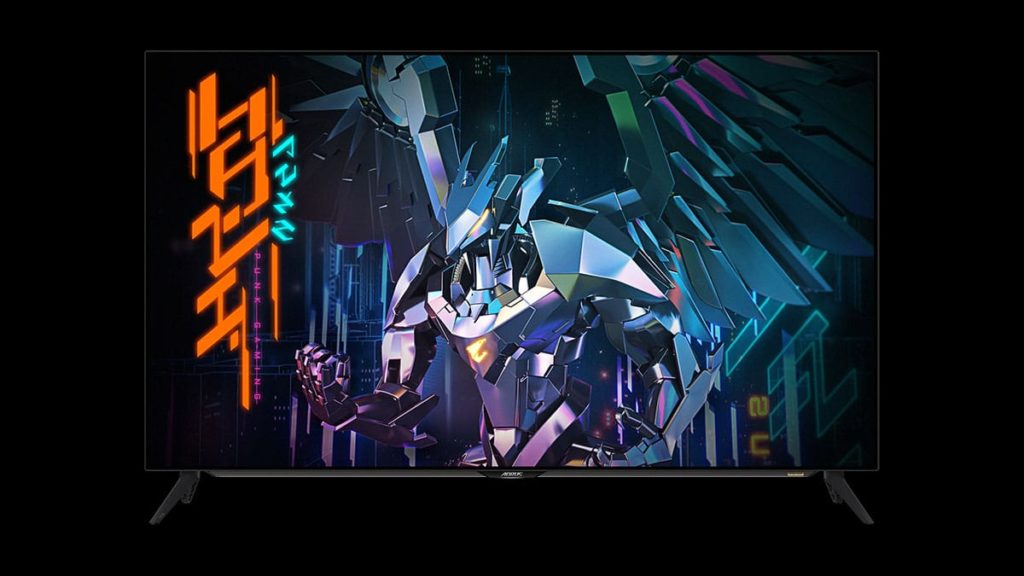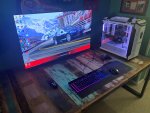- Joined
- May 6, 2019
- Messages
- 12,595
- Points
- 113
Image: GIGABYTE
GIGABYTE has published the landing page and full specifications for one its most highly anticipated HDMI 2.1 gaming monitors, the AORUS FO48U. A relatively large display, the AORUS FO48U features a 47.53-inch OLED panel offering 4K UHD resolution (3840 x 2160 px), 120 Hz refresh rate, 1 ms GTG response time, 98 percent DCI-P3 color coverage, 130 percent sRGB color coverage, and 135000:1 contrast ratio. Unfortunately, GIGABYTE’s AORUS FO48U does not appear to offer any level of HDR support. Pricing and dates of availability are also unknown at this time.
AORUS FO48U Gaming Monitor Specifications
Panel Size (diagonal)47.53″ OLEDDisplay Viewing Area (HxV)1052.16×591.84(mm)Panel Backlight/ TypeOLEDDisplay Surface(non-glare/ glare)Anti-ReflectionColor Saturation98% DCI-P3/130% sRGBTrue Resolution3840 X 2160 (UHD)Pixel Pitch0.274(H) X 0.274(V)...
Continue reading...

